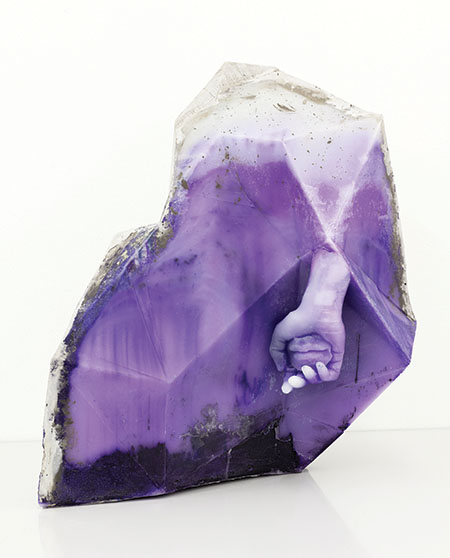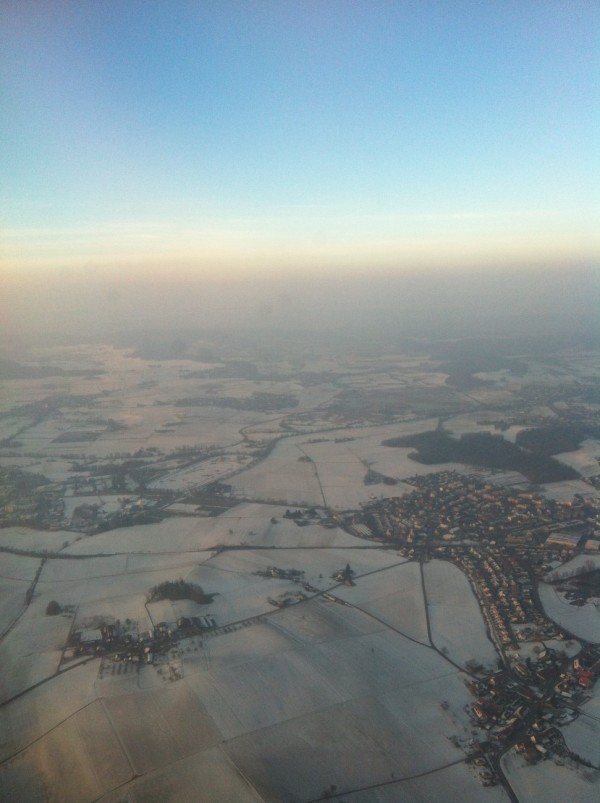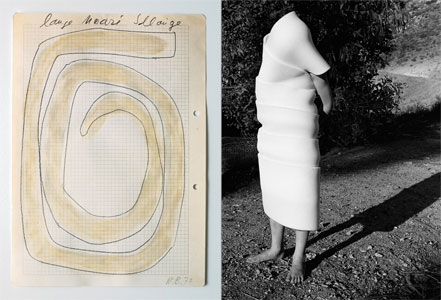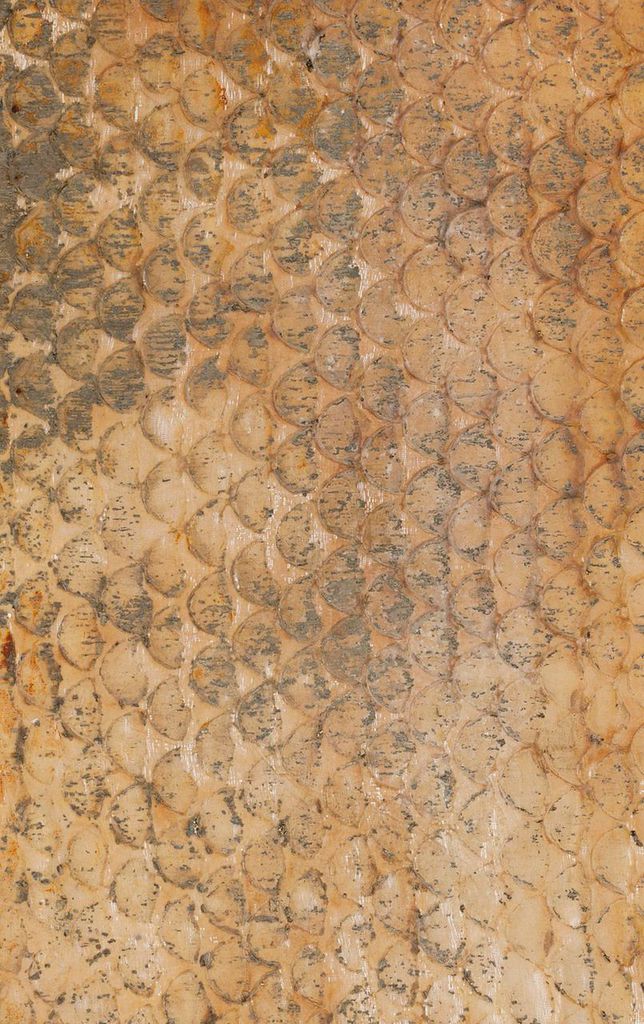
Origin stories are essential to Ursula Hauser. Growing up in St. Gallen, Switzerland, she co-founded and directed her family’s appliance business in the city. Although she initially felt a stronger connection to modern architecture than contemporary art, she started buying works by Swiss artists in the 1960s.
“They came and went in our house. And it’s still that way with our artists. We would meet on weekends or were invited to birthdays. To me, support means acquiring something an artist has made. In the mid-1980s, I set up my own showrooms in the abandoned Rohner Textile factory in Flawil: Galerie Arte Nuova. Actually it wasn’t a gallery; I just wanted to give local artists a platform.” — Ursula Hauser*


Hauser—who co-founded Hauser & Wirth in 1992 in Zürich with her future son-in-law Iwan Wirth and daughter Manuela—has remained personal friends with many of the artists whose work she collects, always availing herself of the opportunity to spend time with them in their studios, talking through their process. The new publication THE INNER MIRROR: CONVERSATIONS WITH URSULA HAUSER, ART COLLECTOR—a beautifully illustrated book-length interview between Hauser, Laura Bechter, and Michaela Unterdörfer—is the story of this exchange.
“In the big American studios… you make contact, introduce yourself, or maybe you’ve bought a work, so there’s already a connection. And then you take a very tentative approach, proceed step-by-step, depending on whether the chemistry is there. As a rule, you’ve already met at an exhibition, in a gallery, or in a museum. And finally you peer into all the corners.”*


Whether discovering SoHo in the 1990s with Iwan Wirth, celebrating Parkett’s tenth anniversary with Bice Curiger and Jacqueline Burckhardt, trading cars with Jason Rhoades in Los Angeles, or discovering drawings by Ida Applebroog in the artist’s cabinet drawers, THE INNER MIRROR is a private view into the life and work of this key art world figure. For Hauser, the book’s title refers to something women were seldom afforded the luxury of revealing, something Hauser found through art.
“Women who support a family and have to survive—it doesn’t occur to anyone that they might have personal feelings. You simply have to fight, it’s a struggle, and you have no choice but to make something good, something better out of it… Louise Bourgeois’ work is like a mirror of humanity. For people of my generation, it was impossible to let on that you were vulnerable. You would never reveal the reflections on your inner mirror. That was a sign of weakness and then you would have been lost. And that’s exactly what Louise’s work shows. Her art creates a space where that can be expressed.”*


The works in the Ursula Hauser Collection stay with her—she’s held on to drawings and models by Paul McCarthy for years—and Hauser collaborates with the Kunstmuseum St. Gallen on exhibitions of the collection. This summer in southwest England, the show UNCONSCIOUS LANDSCAPE—WORKS FROM THE URSULA HAUSER COLLECTION—curated by Manuela Wirth and Laura Bechter—brings together sixty-five works by the women who have drawn Hauser’s eye over the last four decades.


*THE INNER MIRROR—CONVERSATIONS WITH URSULA HAUSER, ART COLLECTOR, edited by Laura Bechter and Michaela Unterdörfer (Zürich: Hauser & Wirth, 2019).
UNCONSCIOUS LANDSCAPE—WORKS FROM THE URSULA HAUSER COLLECTION
Through September 8.
Hauser & Wirth Somerset
Durslade Farm, Dropping Lane, Bruton, Somerset.


From top: Loredana Sperini, Untitled, 2012, wax, cement, and pigment, photograph by Sebastian Stadler; Maria Lassnig, Die rasende Grossmutter (The Racing Grandmother), 1963, © Maria Lassnig Foundation; Berlinde De Bruyckere, Piëta, 2008, wax, epoxy, metal, and wood; Carol Rama, Ostentazione, 2002, mixed media and oil on paper on canvas, courtesy Achivio Carol Rama, Turin, photograph by Thomas Bruns Fotograf; Alina Szapocznikow, Stela (Stéle), 1968, polyester resin and polyurethane foam, photograph by Stefan Altenburger Photography Zürich, © ADAGP, Paris and DACS, London, 2019; Roni Horn, Untitled, No. 2, 1999, two Iris-printed photographs on Somerset paper; Phyllida Barlow, untitled: awnings 4 (yellow), 2013, acrylic on watercolor paper; Eva Hesse, H + H, 1965, varnish, ink, gouache, enamel, cord, metal found object (wood), paper-caché, unknown modeling compound, particle board, wood, © Estate of Eva Hesse; Meret Oppenheim, Pelzhandschuhe (Fur Gloves with Wooden Fingers), 1936, fur gloves, wooden fingers, and nail polish; Louise Bourgeois, The Good Mother (Topiary) , 1999, steel, ceramic beads, wood, wire, and cloth; Sylvia Sleigh, Working at Home, 1969, oil on canvas, photograph by Stefan Altenburger Photography Zürich; Sheila Hicks, Pigment Sticks, 2015, bamboo sticks with pigmented synthetic fibers for bas-relief, photograph by Andrea Rossetti; Heidi Bucher, Die Quelle (The Source), 1987, vase, metal, textile, glue, and color, installation view at Parasol Unit Foundation for Contemporary Art, London, 2018, © Estate of Heidi Bucher. Images courtesy and © the artists and the Ursula Hauser Collection Archive.













